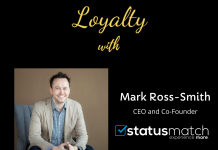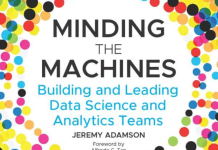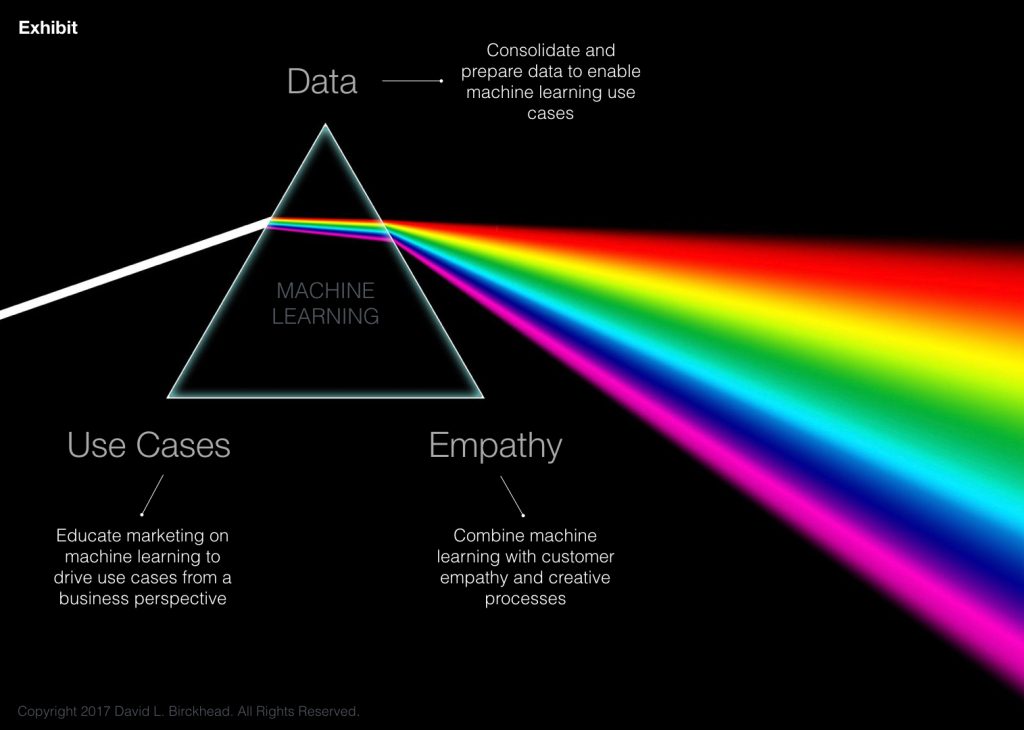
“Artificial Intelligence, deep learning, machine intelligence-whatever you’re doing if you don’t understand it – learn it. Because otherwise you’re going to be a dinosaur within three years.” – Mark Cuban
If you work in marketing, chances are you’re hearing a lot about machine learning these days. The big four cloud providers — Google, IBM, Amazon, and Salesforce—now offer machine learning as a service and are very actively promoting the capability and new use cases. Big banks and financial services companies, such as Capital One, are creating Machine Learning Centers of Excellence. Forrester is predicting that investments in AI will triple this year. And, many of us who work on the tech and data side of marketing are going back to school once again (thanks Andrew Ng!) to learn more about this technology and how best to apply it.
When you mention machine learning to many marketers, their response is often a little incredulous. They’re probably thinking that it sounds a bit like science fiction, like something they’ll want to look into some day, far down the road. “Come back and talk to me in five years.” However, the reality is that machine learning is already alive and well in marketing and everyday life even as we speak. Whenever you use the spam filter in Gmail, or view product recommendations from Amazon, or jam out to your personal “Discover Weekly” playlist in Spotify, you’re taking advantage of machine learning.
Machine Learning Defined
The most straightforward definition of machine learning is making computers work without explicit telling them what to do (i.e., programming). In terms of marketing, machine learning has many practical applications today. For example, improving the ability to predict how consumers will respond to marketing messages based on how they’ve responded in the past. Or, decreasing churn rates by better predicting the conditions and behaviors that indicate that a customer is likely to reduce or cancel service. Machine learning can help marketers predict the best time to send an email and what creative elements, what mix of copy, image, and call to action is likely to work best with specific customer segments.
Business Benefits
According to a recent Forrester Research study, marketers who use machine learning are almost three times as likely to report revenue growth rates higher than their industry average. They are also more than twice as likely to “occupy a commanding leadership position in the product/service markets they serve.”
Getting Ready: Three Ways to Advance Machine Learning in Marketing
#1 – Focus on the Use Cases
One of the dangers of machine learning popularity is that, like many nascent technologies, the hype cycle often results in technology-led rather than business-led decisions. In the rush to embrace the new capability, hire AI and machine learning technologists, and build centers of excellence, machine learning can seem like a hammer looking for a nail. To combat this risk, marketing and other business leaders must learn more about machine learning and how it can be applied. A deep, technical understanding of machine learning isn’t required. But, marketers should focus on patterns and frameworks for how machine learning can be applied so that they can evaluate the potential and prioritize focus areas.
#2 – Focus on the Data
The best machine learning capabilities and data scientists can’t do much without the right data. And, the best most comprehensive data can’t be used effectively without machine learning capabilities and data scientists. The key is to think about developing both in tandem.
In one US Bank, marketing was ready to implement new machine learning capabilities. However, they soon realized that there was no consistent offer identifier used across campaigns and channels—leading to serious gaps in the data available for supervised machine learning. The team took steps to improve offer management and ensure that offer identifiers were used consistently across all campaigns and that offer disposition—how the customer responded to the offer—was captured consistently as well.
#3 – Focus on Empathy
Like all advances in marketing technology, the best way to stay grounded and ensure optimal results is to maintain deep focus on your customers and on understanding their wants, needs, emotions and behaviors. Marketing and experiences that resonate the most and work the best are always those that are authentic, empathetic and human—even if they are guided by advanced technology and data. Machine learning can be used to shape these type of experiences, but it can also be used to create experiences that seem strange, creepy or like a violation of privacy and trust. When machine learning is applied to marketing and the interactions with your customers, it is essential for marketing to keep the priority and focus on authentic, trust-based, human interactions as the way to grow the brand, customer relationships, and ultimately purchases and loyalty.
Originally appeared on Dave’s machine learning and marketing blog.
























